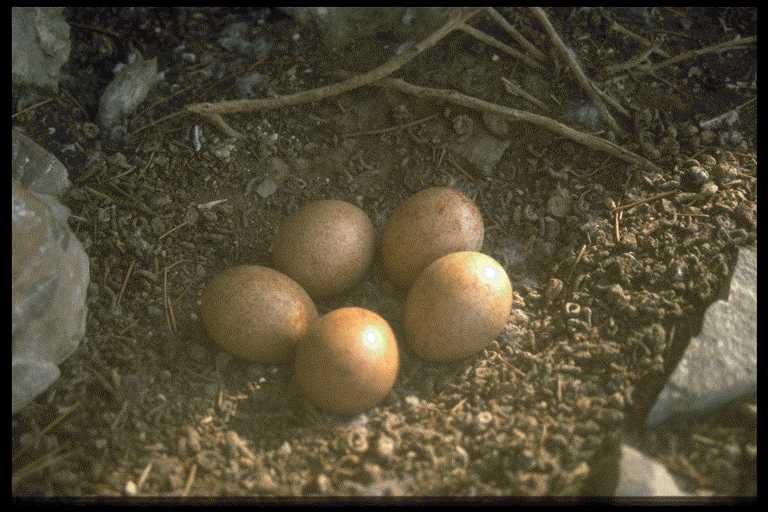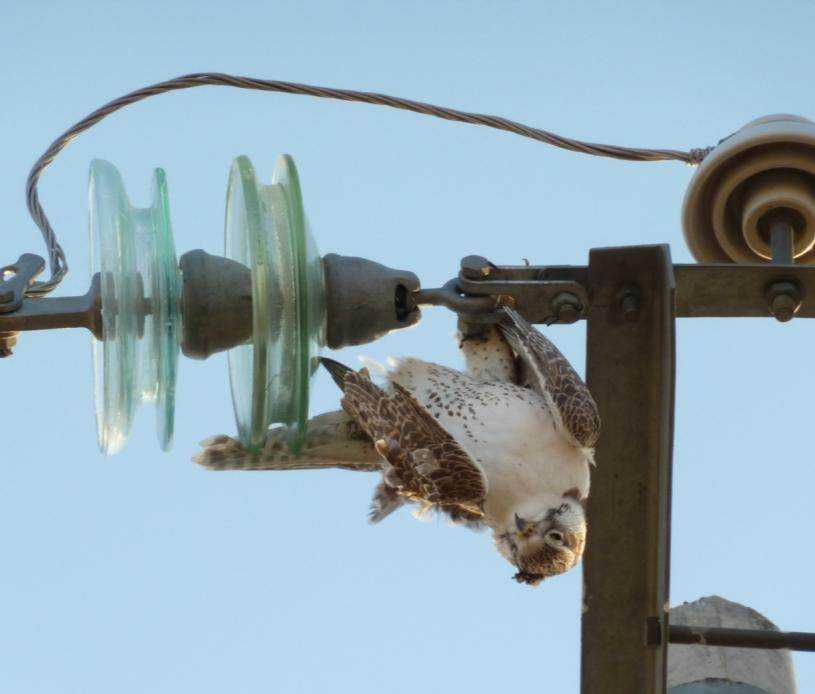Saker Males and Females, Adults and Young

Saker breeding landscapes in Central Asia
Sakers are the second largest falcon in the world, larger than the peregrine but smaller than the gyrfalcon. In all three sorts of falcon, the large ones are usually female and the small ones males. This makes the female better able to lay up to 6 substantial eggs and to defend the young from threats like large owls, while the smaller male is more agile and does most of the hunting until young are quite well grown. The adult Sakers are very variable in colour, even within the same region, but generally have paler plumage than younger birds, with stronger yellow on their feet and base of the beak, which can be grey tinged in juveniles and even blue when in the nest.
Like other falcons, Sakers don’t build their own nests, but use ledges on cliffs that foxes cannot climb, or nests that were built by other birds in trees. The prey types during breeding are both birds and rodents, especially ground squirrels. Where rodents are abundant, and nest sites few so that there is little competition from other sakers, broods of five young are quite common.
Safe Breeding Areas for Sakers

A clutch of 5 Saker eggs on a cliff ledge
Breeding areas with safe nests and abundant prey are very important for the wild Sakers, and therefore also for the falconers who wish to hunt with them, and for the trappers who supply those falconers. So too are the adult falcons, because fewer than half the young survive to breed and as much as a fifth of adults may die from accidents or disease each year. It is therefore very important for local people in breeding areas to be helped to protect the falcons, their nests and food. Trapping adult falcons in breeding areas is a grave mistake, like killing the nanny goats that give milk and kids each year. The breeding adult falcons should be left to rear their young.
When the young are about 6 weeks old, they leave the nest. At first they remain quite close to the nest, and are quite vulnerable to predators. However, when their flight feathers become hard they can fly several kilometres, out to where their parents are hunting. Three or four weeks after leaving the nest they can fly strongly. They then strike out on their own, often travelling many kilometres in all directions before any migration happens.
Modern Problems for Wild Sakers

A Saker killed on a power-line
The modern world has brought new problems for Sakers. In some areas, farming may remove the food needed by their prey, or even poison the prey to protect crops. Sakers have been poisoned too by eating sick prey. Power lines for electricity may offer tempting perches, but can kill thousands of Sakers, and other birds of prey, if they are not built safely. In Mongolia, more than 70 Sakers have been killed each year on every ten kilometres of powerline in some areas and it is estimated that at least 4000 Sakers are electrocuted annually. There are relatively inexpensive techniques to make power-poles safe, and a falconer-led programme is currently underway for this in Mongolia. Unfortunately, many new dangerous lines continue to be built, especially in developing regions of Asia and Africa.
We do not yet know which of the problems for Sakers have been most serious, but we do know that Sakers have almost disappeared from some areas where they were once common enough for many to be trapped for falconry. Overall, the number of breeding Sakers in the wild is thought to be half what it was 25 years ago. It is therefore very important to work against poisoning, to make power-lines safe for perching and to follow regulations for trapping.